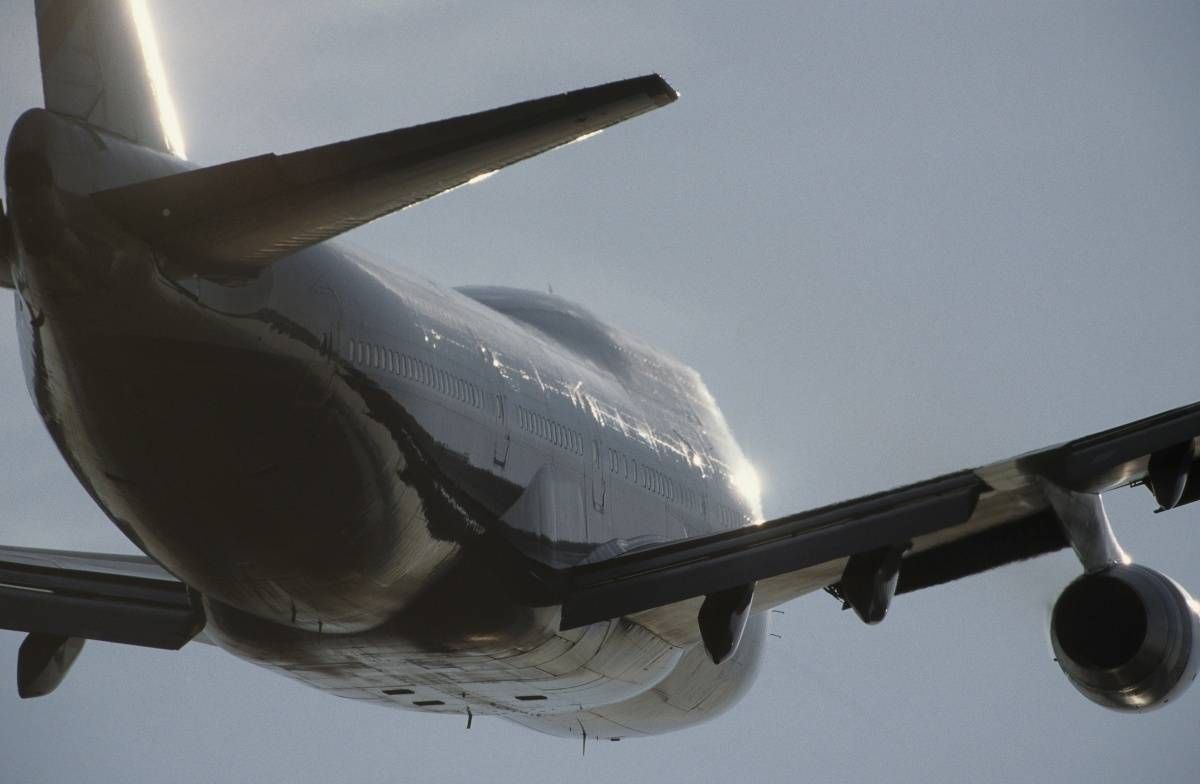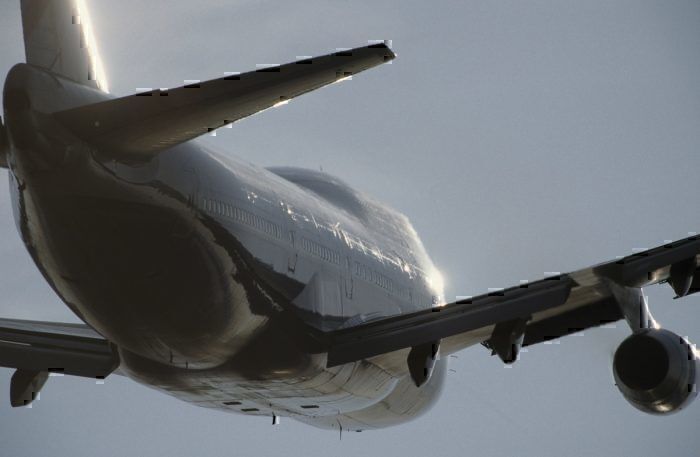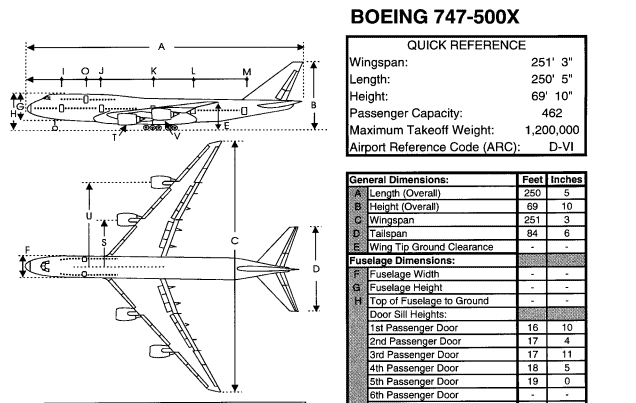Yesterday we discussed the many different versions of the Boeing 747, how each airline was able to change the platform to best suit its needs. But, believe it or not, these designs were very conservative compared to the versions of the 747 that never saw the light of day. Let's explore the world of 'could-have-been' 747s.
You can watch a video about this here:
The Boeing 747 Trijet
This first design sounds like something out of science fiction. The Boeing 747 was built with four engines, each requiring plenty of fuel to power the aircraft vast distances. But what if Boeing found a way to remove one of the engines but still maintain the range and backups of the aircraft?
Enter the Boeing 747 Trijet. Modeled after other trijets like the smaller Lockheed L-1011 TriStar and McDonnell Douglas DC-10, it was designed on the frame of the Boeing 747-300 but with only two underwing engines. The third engine, unusually, is housed in the rear of the plane.
This version of the 747 would have the advantage of less fuel consumption. However, during engineering, it was discovered that major changes would need to be made to the wing and aerodynamics of the plane, and thus the aircraft would be given a new type rating. Airline pilots who wanted to fly the aircraft would have to be retrained on the new type and not be able to use their Boeing 747 training. This made it unfeasible to build.
The Boeing 747 ASB
Following the success of the Boeing 747SP, Boeing decided that they would develop a Boeing 747-400SP, dubbed the ASB. This would be a competitor aircraft to the new-at-the-time Airbus A340. It would be able to carry 295 passengers to a range of 8,000 nautical miles.
However, in the end, airlines were not interested in the product and Boeing rolled its production design into what would become the Boeing 777.
The Boeing 747-500 -600 -700
You might notice that the Boeing 747 series makes a big jump from the -400 up to the -8, seemingly missing entire generations (The Boeing 747-8 is called -8 as it incorporates multiple technologies from the Boeing 787).
The first in the mid-generation aircraft was the Boeing 747-500, designed in 1986. This aircraft would have been an ultra-long-range 747 to fly between London and Sydney. The aircraft would have been stretched for more passengers and fuel, as well as using new engines developed at the time, allowing it to fly faster.
Qantas would eventually go with Airbus 30 years later as this was never built.
Next Boeing tried to bring the -500X, -600X and -700X to market. Each of these aircraft was further stretches of the Boeing 747 able to carry more passengers than ever before.
- 747-500X - 462 passengers to a range up to 8,700 nautical miles
- 747-600X - 548 passengers, a range of up to 7,700 nautical miles
- 747-700X - 650 passengers to a range of 7,000 nautical miles
This would have cost $5 billion USD to develop. Boeing failed to get enough interest to move forward.
The Boeing 747X and 747 Stretch
When Boeing heard rumors that Airbus was cooking up some sort of double-deck aircraft, they decided to speak to airlines about a possible stretch version of the Boeing 747.
They created two versions:
- The Boeing 747X - 430 passengers over ranges of up to 8,700 nautical miles
- The Boeing 747X Stretch - 500 passengers over ranges of up to 7,800 nautical miles
Like the previous models, airlines were not interested in it. Boeing shelved the idea and put its research into range extension the Boeing 747-400ER and speed capability into the Boeing Sonic Cruiser.
The Boeing 747-400QLR
The last serious design of the Boeing 747 was the QLR, or quiet long-range aircraft. Designed to be as quiet as possible, the aircraft went through different rounds of revision until eventually being canceled. But research done to reduce engine noise was rolled into the rest of the Boeing fleet.
If you enjoyed this article, we suggest you go read our very popular Airbus A380 version of aircraft that could have been.
Which was your favorite design? Let us know in the comments.




